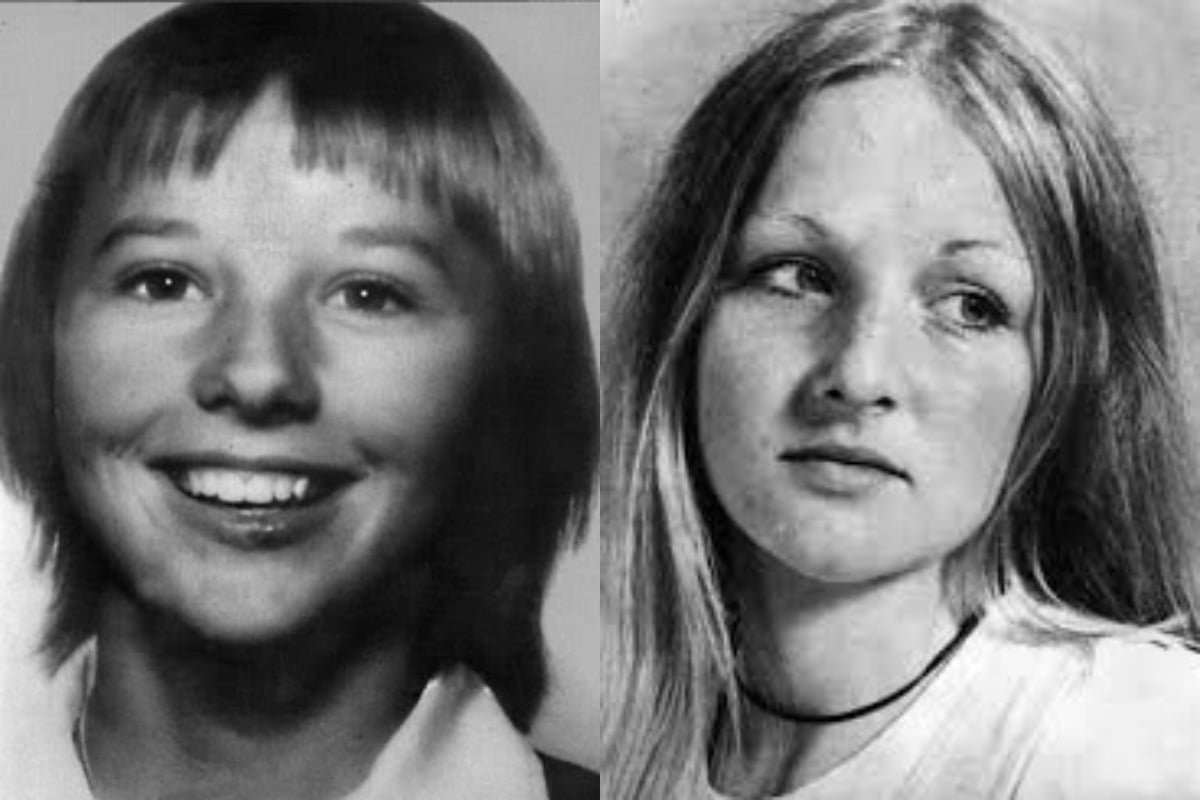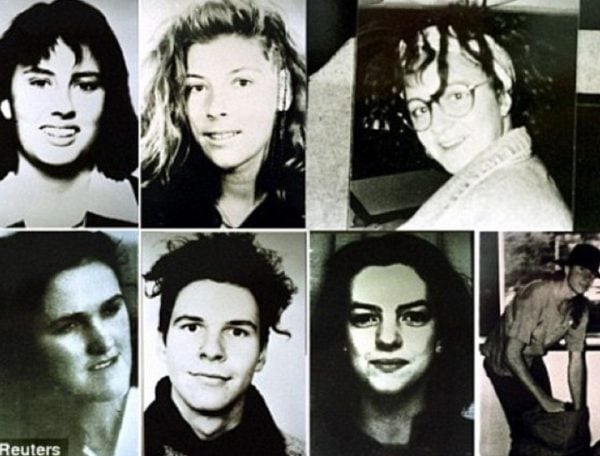
Update: Ivan Milat, widely known as one of Australia’s worst serial killers, has died in prison, aged 74. Milat was diagnosed with terminal oesophageal cancer in May 2019, and was briefly treated at Prince of Wales Hospital, Randwick, before being returned to Long Bay Correctional Centre. He died in the medical wing of the prison on October 27.
Serial killer Ivan Milat killed seven young backpackers between 1989 and 1993. In 1996, he was sentenced to life in prison without the prospect of release.
He is now 74, and has been diagnosed with terminal cancer.
Milat is dying from oesophagus and stomach cancer and in his last weeks left on this earth, he is being urged to do one thing.
Confess.
But not just to the seven murders he was convicted for but never admitted to, he is also being urged to confess, if guilty, to the dozens of cases that he has been linked to over the years that bear similarities to his murders.
Here is the trailer to Catching Milat. Post continues after video.
For the families of Caroline Clarke, 21, Joanne Walters, 22, James Gibson, 19, Deborah Everest, 19, Simone Schmidl, 21, Gabor Neugebauer, 21, and Anja Habschield, 20, their loved ones killer will most probably die without ever admitting to their brutal rape, torture and murder.

Top Comments